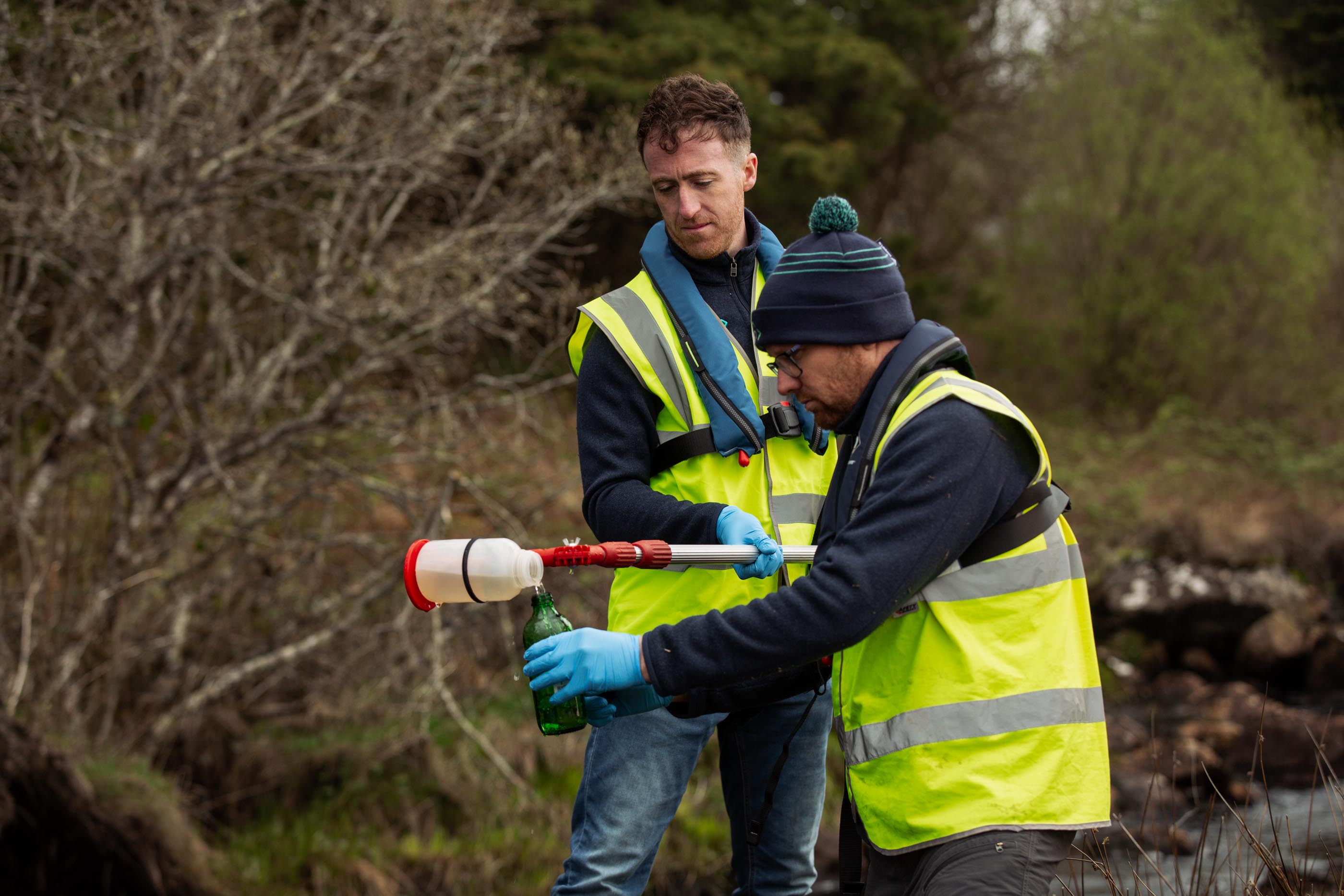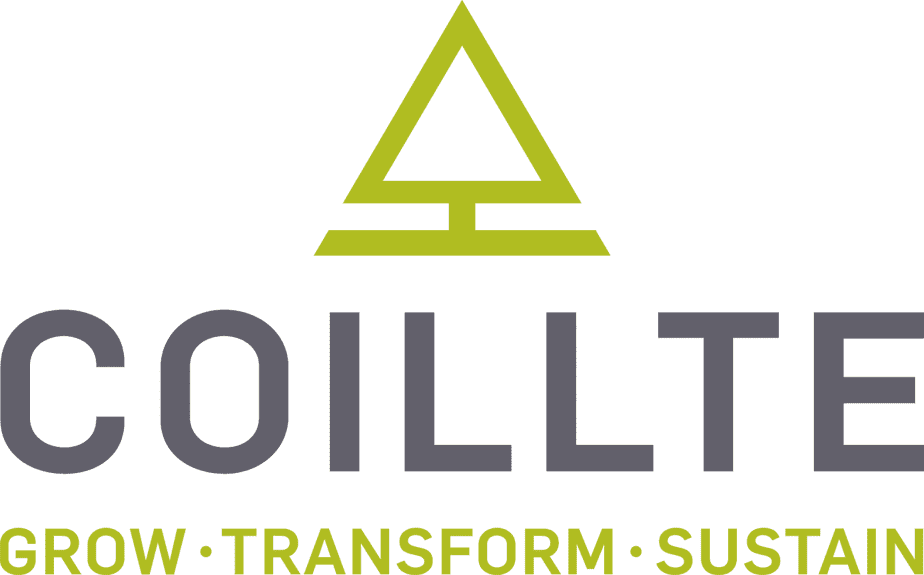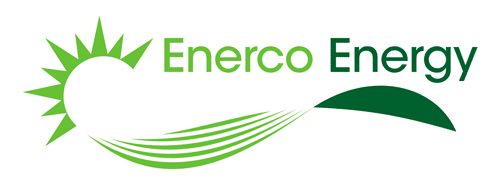Water Utility Services
We work extensively with local authorities, Uisce Éireann (Irish Water), consulting engineers and civil engineering contractors to provide environmental and ecological services to this sector.
Our experience ranges from minor projects exempt from planning permission but subject to the provisions of the Birds and Natural Habitats Regulations up to larger water infrastructure projects and drainage schemes, requiring planning permission and Ecological Impact Assessments (EcIA), EIA and Stage 2 Appropriate Assessment.








